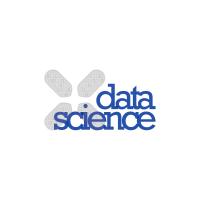Abstract
Social Tagging Systems are web applications in which users upload resources (e.g., bookmarks, videos, photos, etc.) and annotate it with a list of freely chosen keywords called tags. This is a grassroots approach to organize a site and help users to find the resources they are interested in. Social tagging systems are open and inherently social; features that have been proven to encourage participation. However, with the large popularity of these systems and the increasing amount of user-contributed content, information overload rapidly becomes an issue. Recommender Systems are well known applications for increasing the level of relevant content over the “noise” that continuously grows as more and more content becomes available online. In social tagging systems, however, we face new challenges. While in classic recommender systems the mode of recommendation is basically the resource, in social tagging systems there are three possible modes of recommendation: users, resources, or tags. Therefore suitable methods that properly exploit the different dimensions of social tagging systems data are needed. In this book, we survey the most recent and state-of-the-art work about a whole new generation of recommender systems built to serve social tagging systems. The book is divided into self-contained chapters covering the background material on social tagging systems and recommender systems to the more advanced techniques like the ones based on tensor factorization and graph-based models.
Links and resources
Tags
community
@dmir's tags highlighted
- recommender
- tagging
- myown
- social
- 2012
- folksonomy
- collaborative
- bookmarking
- l3s
- itegpub
- from:hotho
- kde
- knowledge
- learning
- mykopie
- naturallanguage(processing)
- ol
- ontologies
- ontology
- processing
- app:publication
- app:reco
- imported
- icfca
- taggingsurvey
- recommendations
- info20
- tagging,2012
- 2004
- citedby:doerfel2012publication
- ckp
- conceptual
- dblp
- fca
- system










